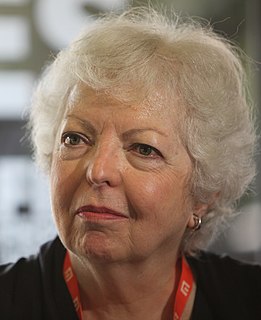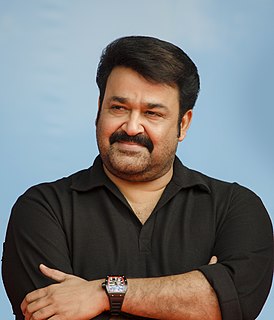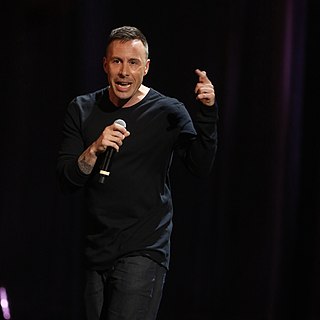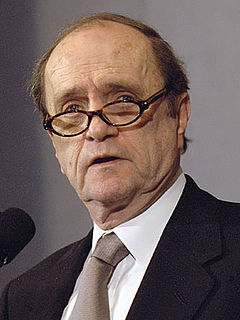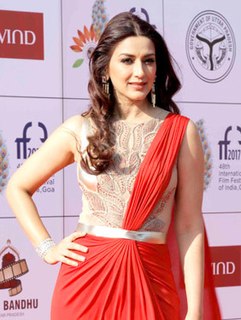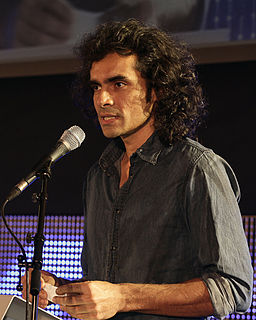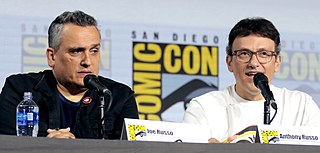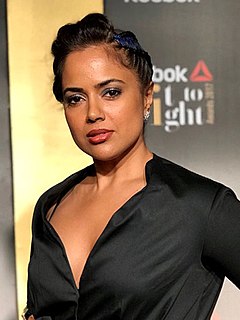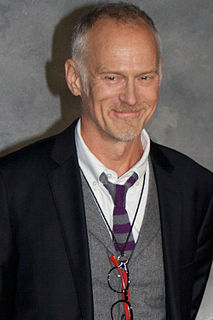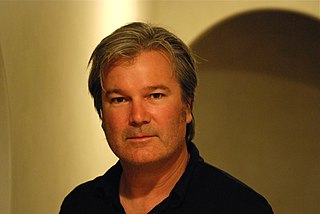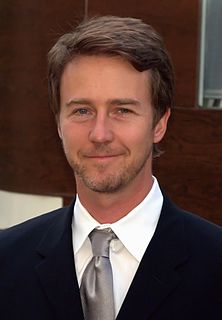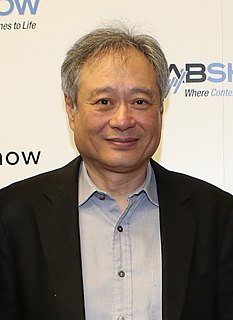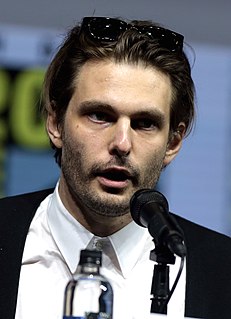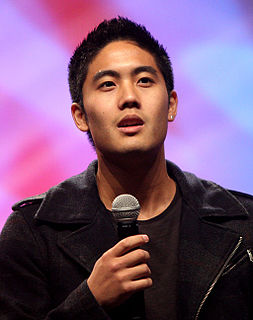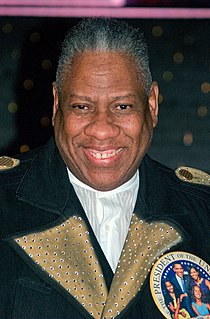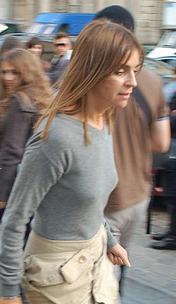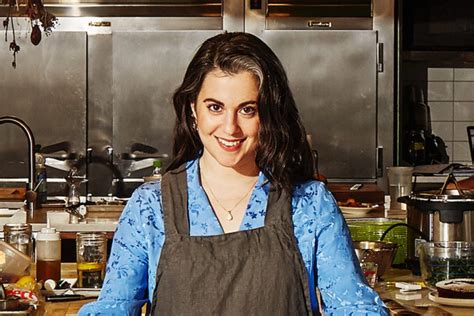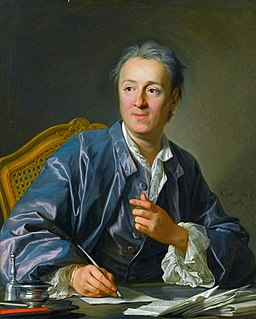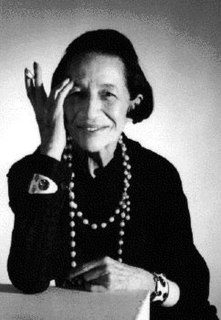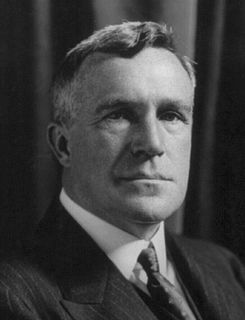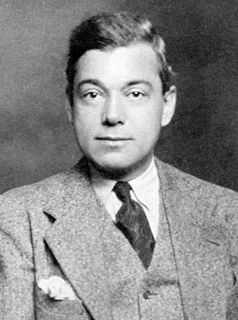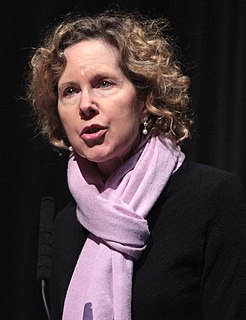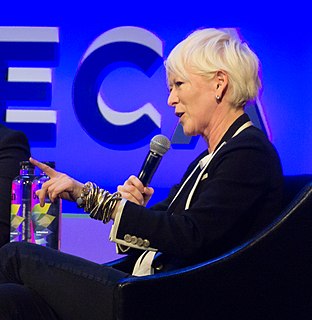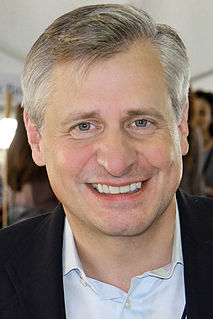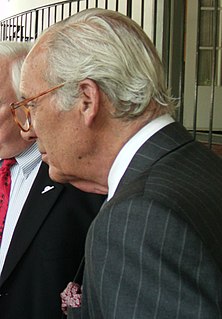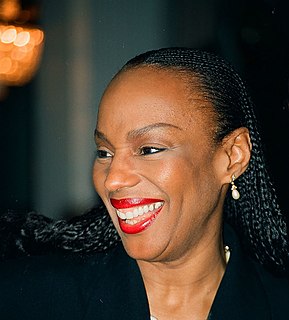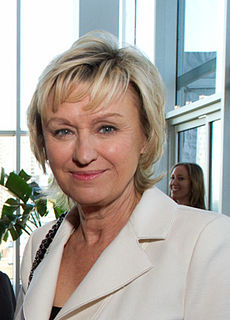A Quote by Thelma Schoonmaker
An actor's performance can be improved or shaped - or ruined - by what takes you use, how long you are on the actor's face, what line you put on the other actor's face, and when do you use close-ups or wide shots or two shots.
Related Quotes
Because makeup happens in my life as an actor, face wash is a key. I use La Mer cleansing gel every morning, every night, sometimes three times a day. Also, I use Bobbi Brown's Hydrating Face Tonic that you put on after you wash your face. It just rejuvenates your face. It takes away that morning face.
We tend to have so many more close shots, which compels an artist to actually put in more effort than it is required otherwise. So, it is the expressions on the face, and how an actor presents his or her character, that really makes a scene. In such ways, Mollywood is a fabulous training ground for actors and actresses from other industries.
Age is as much an asset for character players as it is for good wine. Human experiences, both good and bad, leave their marks on one's face and bearing. A few lines on the face and a few gray hairs coupled with the idiosyncrasies an actor adopts throughout life help out round out the actor's personality. So far as I'm concerned, the older a character actor gets, the firmer his position is.
Even dramatically how you position some person, the depth, the existence [in 3D] is different than a flat image even though by itself it has depth, we create the illusion of depth. For example, some of the shots I have to stay closer to the actor because it's a young actor, I like it closer for some of the shots. I watch 2D scenes next to the camera, then when I go back to my station and watch it in 3D I have to go back and reduce his acting, he has to shrink a little bit because he peeks out more.
